Anton Bruckner – his BIOGRAPHY and his PLACES
Anton Bruckner a biography in words and pictures.
The places where Bruckner worked and the most important people in his life.
Biographical timetable (click for more information)
BIRTH IN ANSFELDEN
Bruckner was born on September 4, 1824, the first of 11 children in humble circumstances. His father was a village school teacher with additional musical duties in the church. This humble background shaped Bruckner throughout his life, who remained a simple, modest and almost shy person. He was prepared for a career as a teacher at an early age, and at the age of eleven was already performing his first school supervisions as a substitute for his father. His father recognized his musical talent and taught him to play the organ.
When Bruckner was eleven years old, his father sent him to his cousin in Hörsching, who trained him further on the organ. When Anton was thirteen, his father died suddenly. The many nights he spent playing at dances in inns to support his family had worn the man out. The penniless widow managed to place Anton in the Floriansstift (an augustinian monastery) near Linz and she left Ansfelden with the surviving four children for Ebelsberg.
Bruckners birthplace:
Bruckner Museum Ansfelden
The Bruckners lived in the old schoolhouse at Augustinerstr. 3, where their official apartment was located. Here Bruckner spent his childhood until the 11th year. In 1971 a memorial was established in this birthplace, which was renovated in 2014. You can visit different rooms such as living room or classroom, together with a model of the village it gives a nice insight into the life of the twenties. You can also see the console of the organ of St. Florian. The visit is rounded off with audio samples from Bruckner’s work.
Bruckner Museum:
Console of the organ of St. Florian:
https://www.ooelkg.at/en/location/anton-bruckner-museum-ansfelden.html
CHOIRBOY IN ST. FLORIAN
Bruckner was 14 years old when his father died. At the request of his mother, he was admitted to the St. Florian Stift, where he became a member of the Boys’ Choir because of his beautiful soprano voice. While there, he also received instrumental lessons, including improvising on the organ. He left St. Florian to learn the teaching profession at the preparatory school in Linz.
Stift St. Florian
St. Florians Stift
The magnificent monastery can be visited on guided tours.
Marble hall:
http://www.stift-st-florian.at/en/home.html
SEMINARIAN IN LINZ
Bruckner lived in Linz during two periods of his life, first he attended the so-called Präparandenschule (teacher training) for 1 year (1840/41) as a seminarian. During his studies and at the theater, he became acquainted with secular music, among other things, and learned harmony with Dürrnberger.
Afterward he spent two agonizing years as an assistant teacher in the countryside until he is called back to St. Florian as an assistant teacher.
11 YEARS TEACHING IN ST. FLORIAN
At the age of 20, he had passed the teacher’s examination and was employed in St. Florian as an assistant teacher, remaining there until the age of 31. He began to compose his first serious works. In 1855 he moved to Linz, where he was able to devote himself fully to music as cathedral organist.
YEARS IN LINZ AS COMPOSER, ORGANIST AND CHOIR DIRECTOR
1855 the position of cathedral organist had become vacant in Linz. Friends urged Bruckner to participate in the competition for the job. Bruckner won the competition easily and thus, at the age of 31, went from being a full-time teacher in St. Florian to a full-time musician.
He lived on Pfarrplatz in the so-called Mesnerstöckl, which has since been torn down. In addition to this office, he continued his education with two important teachers (Sechter and Kitzler) and gained further confidence, so that in his early forties he achieved his first masterpieces (masses in D minor, E minor and the first symphony), all of which were premiered in Linz.
In 1860 he took over responsibility for the “Liedertafel Frohsinn”. Bruckner subsequently gained an excellent reputation as a conductor of male choirs and composed works for choir. However, the triple burden of being cathedral organist of two churches, male choir director, and composer took its toll, and he was forced to take a short stay in Bad Kreuzen for several months in 1868 due to a nervous condition.
In 1868, the first performance of his first symphony took place in the Redoutensaal in Linz and was well received. That year he left Linz for Vienna to take up the post of his late teacher Sechter at the Vienna Conservatory.
Linz with the Stadtpfarrkirche and Ignatiuskirche (Bruckner’s places of work):
Ignatius church (old dome):
The Old Cathedral was Bruckner’s main field of activity as an organist and it was here that the premiere of his Mass in D minor took place. The organ was adapted to his sound ideas in 1867. Bruckner also liked to return to the Ignatius church during his time in Vienna to play his beloved Chrismann organ. It has been only slightly altered since then, so it can justifiably still be called the Bruckner organ.
To the left of the portal of the Old Cathedral, a memorial plaque commemorates the famous cathedral organist.
At the beginning of the 20th century a larger church was built, which took over the function of the cathedral (new cathedral).
Ignatiuskirche:
Bruckner organ in the Ignatius church:
BRUCKNER MEETS HIS IDOL FOR THE FIRST TIME
Another great day had occurred for Bruckner in Munich when he met his idol Richard Wagner for the first time in 1865 on the occasion of the first performances of “Tristan und Isolde”.
Wagner later spoke of the great symphonist Bruckner, but maintained a somewhat condescending attitude toward the somewhat “doltish” Bruckner.
Premiere of “Tristan und Isolde” in Munich:
FIRST VIENNESE YEARS AS AN UNDERPAID PROFESSOR
Bruckner was 44 years old when he came to Vienna and took up the work of poorly paid or even unpaid jobs at the university and the conservatory.
He moved to Währinger Strasse with his sister Anna (“Nani”). The latter died in 1870 and Katharina Kachelmaier became the housekeeper until the end of his life. (siehe picture below).
Group photo with Bruckner, Katharina Kachelmaier and brother Ignaz (back right) around 1896:
TRIUMPHANT GUEST APPEARANCES AS ORGANIST IN FRANCE
France was one of the few countries Bruckner visited outside the German-speaking world. In 1869, Bruckner made a sensational visit first to Nancy, then to Paris. The reason for the visit was the inauguration of the newly rebuilt Saint-Epvre church in Nancy. The jewel of the church was a magnificent organ made by the Merklin-Schütze company, which had previously won the gold medal at the Paris World’s Fair. Because the Austrian emperor donated to the church for family reasons, he sent the organ virtuoso and professor of the Vienna Conservatory Bruckner to Nancy for the inauguration of the organ. When he got off the train in Nancy, the gentlemen of the reception committee were somewhat surprised by the strangely dressed man in his mid-forties.
Hastily they organized a visit to the French capital. Delighted, Bruckner set off on a 3-day visit to Paris, where he played at various venues. The highlight was the concert in the church of Notre-Dame, where the entire musical world of Paris sat in the pews. The great organists Camille Saint-Saens and César Franck were overwhelmed by Bruckner’s playing. Daniel Auber and Charles Gounod, who were present, also praised the Austrian’s arts. Bruckner enjoyed the recognition and stated with a wink: “And the ladies who listened to me all said “très, très”. You know, they were clean!”
Church St. Epvre
Church St. Epvre in Nancy:
Church Notre Dame, Paris
The large organ, which dates back to the Cavaillé organ installed in 1868, was fortunately not damaged in the 2019 fire. By the way: the organ of Notre Dame with its 8000 pipes is one of the most beautiful organs in the world and it has, a special feature, an engine from … Rolls-Royce. It so happened that the general director witnessed when the organ gave up the ghost during a mass in Notre Dame. The generous man then donated a Rolls-Royce engine to the church!
Church Notre Dame, Paris:
https://www.notredamedeparis.fr/en/
ST. ANNA AFFAIR – BRUCKNER AND WOMEN
The Viennese never really warmed to the music and the strange person of Bruckner. His friends (e.g. the conductors Hans Richter and Johann von Herbeck) always remained in the minority.
Bruckner suffered greatly from the many slights. When he was even wrongly suspected of an indecent approach to a female student in the “St. Anna Affair”, it almost broke his heart, he who never came close to a woman.
But this did not prevent him from writing 9 marriage proposals in his life. The recipients were all young ladies, who in his opinion were still chaste (in his language “clean”). His last proposal (when he was 70 years old) even became famous. He fell in love with Ida Buhz, a parlor maid at his hotel during a stay in Berlin. An engagement had already been arranged, but at the last moment the devout Catholic learned that the bride-to-be was a Protestant. When Ida refused to convert to Catholicism, Bruckner backed out.
BRUCKNER OUTED HIMSELF AS A WAGNERIST AND GOT CAUGHT BETWEEN THE FRONTS
At the beginning of his Viennese period, Bruckner was considered a respected church musician and organist, but the storm hit Vienna when he dedicated his 3rd Symphony to his “music god” Richard Wagner. Henceforth, castigated as a “Wagnerian,” he drew the scathing criticism of the influential critic Eduard Hanslick and found himself in the middle of the greatest cultural-historical conflict of the 19th century, the bitter dispute between the “traditionalists” around Brahms and the “new Germans” around Liszt and Wagner. In line with Hanslick, Brahms also often made negative comments about Bruckner’s music, but the latter always remained polite.
One day Bruckner and Brahms even sat together in their favorite pub Roter Igel (the red hedgehog), but no rapprochement took place.Only when ordering food did they notice that they had the same favorite dish, “Geselchtes mit Knödel” (smoked ham with dumplings).
Group photo of Brahms (bottom right) and Hanslick (seated next to Brahms):
Roter Igel (“Red Hedgehog”, does not exist any more):
Geselchtes mit Knödel (smoked ham with dumplings):
RECURRING VISITS TO ST. FLORIAN
Bruckner often returned for visits even after he had left the monastery and always stayed overnight in room number four, which is still called the “Bruckner Room” today and is available as a guest room.
The large organ of the collegiate church was extended and overhauled for the first time in 1874. Naturally, Bruckner played on the inauguration occasion of this organ. The console can be seen today in the Bruckner Museum in Ansfelden. Further adjustments and overhauls have been made since then, but part of the organ is still faithful to the original and bears the name “Bruckner organ”.
Bruckner room (1920):
Bruckner room (today):
Die Bruckner organ:
VISITS TO BAYREUTH
Bruckner visited Bayreuth about a dozen times. For the first time in 1876. The last time Bruckner saw the revered master was at the Villa Wahnfried after the first performance of “Parsifal,” and he asked him “Well, Bruckner, what do you say to Parsifal?” Bruckner knelt down in front of him and stammered: «Meister, i bet Ihna an!» (Master ,I adore you!”
Bruckner and Wagner in Bayreuth, contemporary silhouette by Otto Boehler:
TRIUMPH IN MUNICH
Anton Bruckner visited Munich eight times. It was in this city that he experienced one of the great moments of his life in 1885, when the munich orchestra Munich became the second city to perform his Seventh after its lukewarm reception in Leipzig, and it was received triumphantly by the audience. At the celebration the next day, the conductor Hermann Levi called it the most important symphony after Beethoven, which was, in Bruckner’s own words, one of the greatest satisfactions of his life for him, who was often offended and overawed.
During these days, Bruckner also sat with the painter von Kaulbach for the portrait, which Bruckner, however, did not consider to be very successful.
Bruckner, painted by Kaulbach:
Musical background: Bruckner’s Adagio of the 7. Symphony
Bruckner began composing the Adagio a few weeks before Wagner’s death. He had still met him six months earlier in Bayreuth and apparently sensed the master’s imminent death, and the movement’s ending became funeral music for his revered idol. He used in this ending for the first time the so-called Wagner tubas, which Wagner had used for the first time in the so-called “Todesverkündigung” of the Walküre (more about that in this link).
Bruckner was composing the climax of the Adagio when he learned of Wagner’s passing. He composed the final section that follows in memory of his idol as a tranquil farewell with the voices of the Wagner tubas.
The climax of the Adagio involves one of the great performance issues of classical music, we speak of the ominous cymbal clash. At this passage, Bruckner was encouraged by friends to mark the climax with a large cymbal clash, and he reluctantly gave permission to the premiere conductor Nikisch Bruckner did. He later withdrew the cymbal clash and wrote “does not apply” in the score. In the present recording we hear this passage with cymbal clahs at 18.17.
Bruckner Adagio 7. Symphony – Karajan:
FATEFUL PREMIERES IN THE MUSIKVEREINSSAAL
The Musikverein Hall was the site of world premieres of five of his symphonies (and his “Te deum”). The round of premieres began with the third symphony in 1873 in the worst possible way. The Vienna Philharmonic Orchestra refused to premiere the piece. Shocked, Bruckner rewrote the work, and at the premiere with the second version in 1877, the audience left in droves during the performance; only 12 listeners stayed to the end. After the triumph of the Seventh abroad, the premiere of the Eighth in the Musikverein Hall in 1892 became Bruckner’s greatest moment in Vienna. In the presence of Hanslick and Brahms, who did not bat an eye in the hall, Bruckner received the ovation of the audience. But before that, he had to go through hell when the conductor Hermann Levi rejected the first version. Again, Bruckner wrote another version, as he did with many of his symphonies. Hans Richter finally performed the work.
Building of the Musikverein:
Musical background: The Ringtheater fire and Bruckner’s 7th Symphony
On December 8, 1881, one of the greatest fire disasters in theater history occurred. That evening, the Vienna Ring Theater burned, the gigantic fire was caused by a gas explosion and cost the lives of almost 400 people. Bruckners witnessed this fire due to the local neighborhood of his apartment. Bruckner had purchased tickets, but decided not to go at the last minute. This event made a tremendous impression on him and he even went to the morgue the next day to view the mutilated bodies. This experience is said to have been processed in the Scherzo of his 7th Symphony. Indeed, at the beginning one hears the quiet crackling of fire in the violins and the trumpet fanfare sounding twice (other sources speak of a cockcrow) announces the arrival of the fire department; the trumpet motif appears in the winds and strings, accompanied by the agitated instrumental voices. A lyrical nature trio interrupts this mood, but soon the mood of the first part returns.
Scherzo of the 7th Symphony:
OLD AGE IN VIENNA
In the last decade of his life, the honors began to pour down on Bruckner, especially Emperor Franz Josef honored him first with audiences and orders, then also with a life pension, and finally Franz Josef provided the composer with a free retirement apartment in the upper Belvedere for life (“the Kustodenstöckl”).
The university also fulfilled one of Bruckner’s fervent wishes by awarding him an honorary doctorate. For Bruckner, this was nevertheless little consolation for the many slights he had suffered. In addition, he had serious health problems in his last ten years, which prevented him from savoring the successes and fulfilling his last wish to finish the Ninth Symphony. Bruckner died in 1896 in his Kustodenstöckl of heart trouble.
He did not want to be buried in Vienna; he found his honorary grave under his beloved organ in St. Floriansstift.
Bruckner in his later years:
Bruckner’s apartments
At Währinger Strasse 41 he lived for 8 years on the 3rd floor, a memorial plaque reminds of it, there he composed the symphonies 2-5.
At Hessgasse 7 he lived for 18 years, here he composed the symphonies 6-8 and parts of the ninth (actually, the pieces were also partly composed during the summer stays in Steyr). The apartment on the 4th floor was given to Bruckner free of charge by the owner of the house, one of his university listeners. A memorial plaque commemorates the famous resident.
In the middle of 1895, Bruckner moved to the “Kustodenstöckl” at Prinz-Eugen-Strasse 27, an apartment in the Custody Wing of the Upper Belvedere. It was made available to him by the emperor, since climbing the stairs in Hessgasse became too strenuous for him. There the composer succumbed to a heart ailment on October 11, 1896. There is also a memorial plaque here.
Picture Kustodenstöckl:
BURIAL IN ST. FLORIAN
At his own request, Bruckner was buried on October 11, 1896 in the crypt of the collegiate basilica directly under the great organ. On the base of the sarcophagus you can read the inscription “Non confundar in aeternum” (In eternity I will not be lost), it is the closing line of his Tedeum.
Bruckner sarcophagus:
Bruckner memorial stone:
Musical excursion: Bruckner’s Te Deum
Bruckner wrote his “Te Deum” in his late phase, in which he wrote almost exclusively symphonic works. The last major sacred work dated back 20 years. In a letter to Hermann Levi, he wrote why he had composed another sacred work: “it is dedicated to the dear God, in thanksgiving for so many sufferings survived in Vienna,” by which he meant the hostility of his critics, above all Hanslick. Bruckner composed a work with bold harmonies and tonal expressivity for a large symphony orchestra. He wrote on the title page “for choir, solos and orchestra, organ ad libitum” from which Gustav Mahler wrote after its enthusiastically celebrated Hamburg performance in 1892 “for angels’ tongues, the blessed, tormented hearts and fire-brightened souls!”
Listen to the last part of this work, which ends with the lines “In te, Domine, speravi: non confundar in aeternum.” Bruckner composed a tremendous fugue for this conclusion, which ends with a climax in radiant C major.
Finale Te deum:
Bruckner Factsheet
Where was Bruckner born?
Ansfelden
What was his wife's name?
Bruckner proposed 9 times but never married
Where did Bruckner live?
Ansfelden, St. Florian, Linz and Vienna
Which were his most important works?
His 3 great masses (E minor, D minor, F minor), the Te Deum and the 9 symphonies
Where did Bruckner die?
In Vienna, in the Kustodenstöckl, his apartment in the upper Belvedere
Where is his grave?
In the monastery of St. Florian
How old did Bruckner become?
72 years
What was the cause of Bruckner's death?
Heart valve defect
What was the date of Bruckner's death?
October 11, 1896
What was Bruckner's most important rival?
Bruckner was involuntarily drawn into the controversy of the New Germans and traditionalists. Brahms made several unkind comments about Bruckner. Both lived in Vienna and wrote symphonies.
With which artists did Bruckner get along particularly well?
Brucker was an ardent supporter of Richard Wagner.

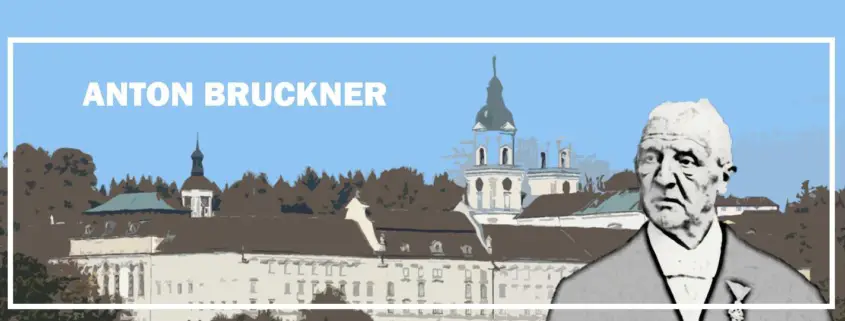
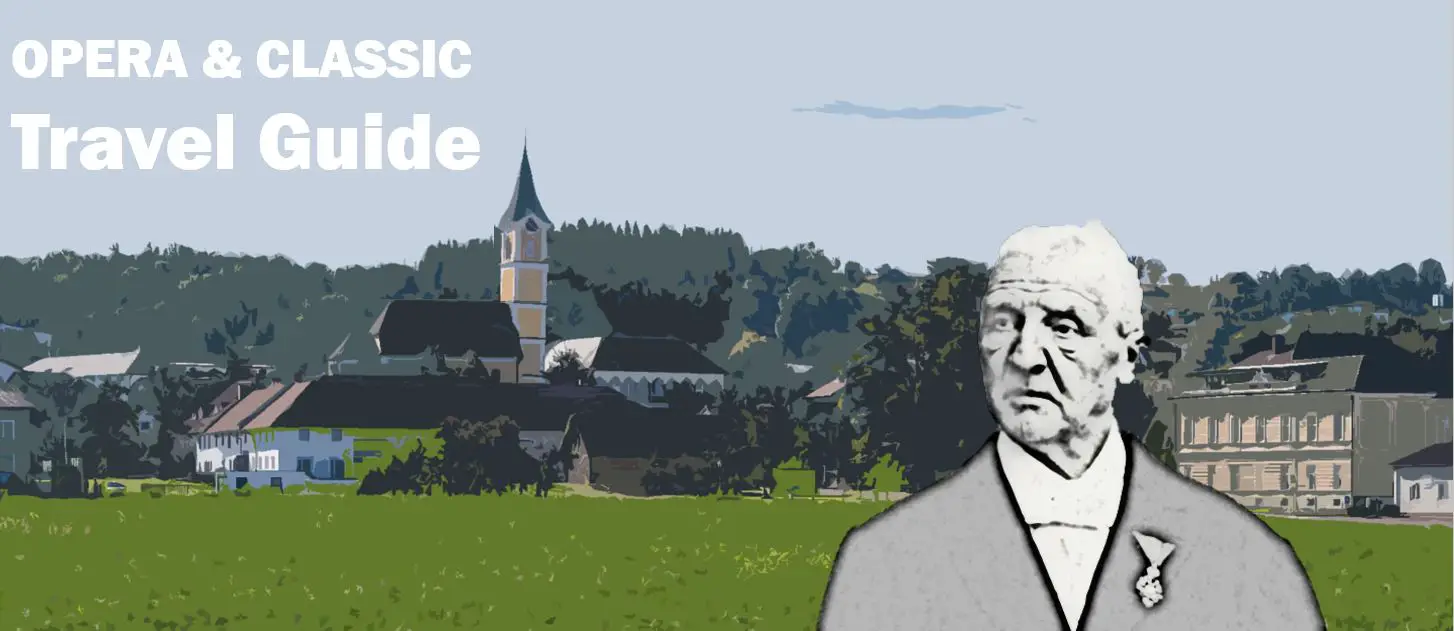
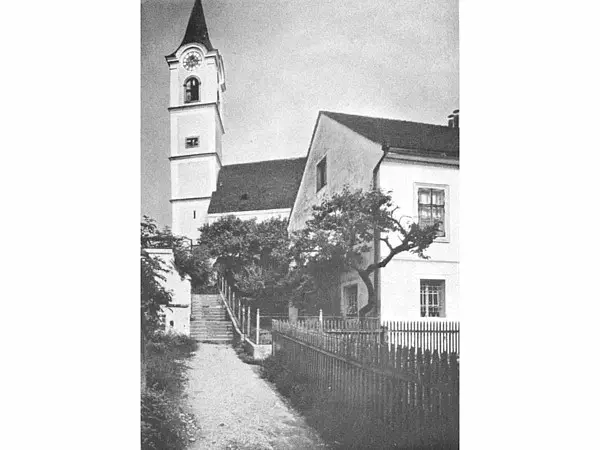
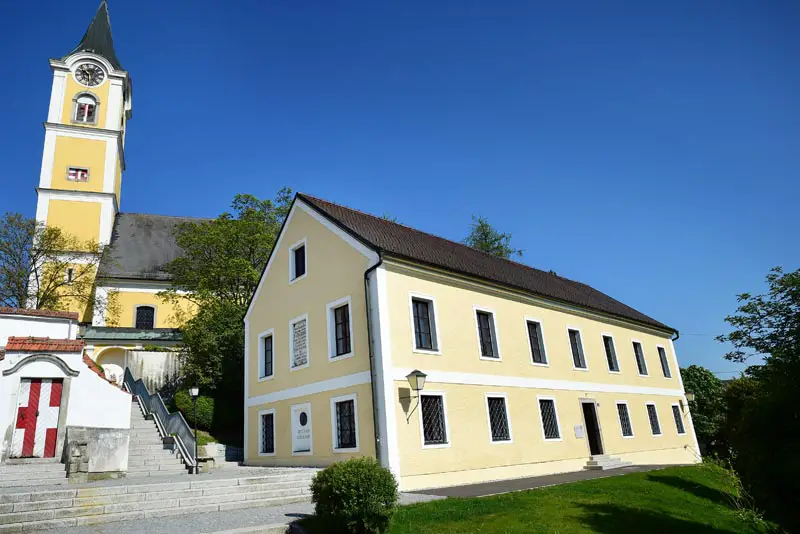
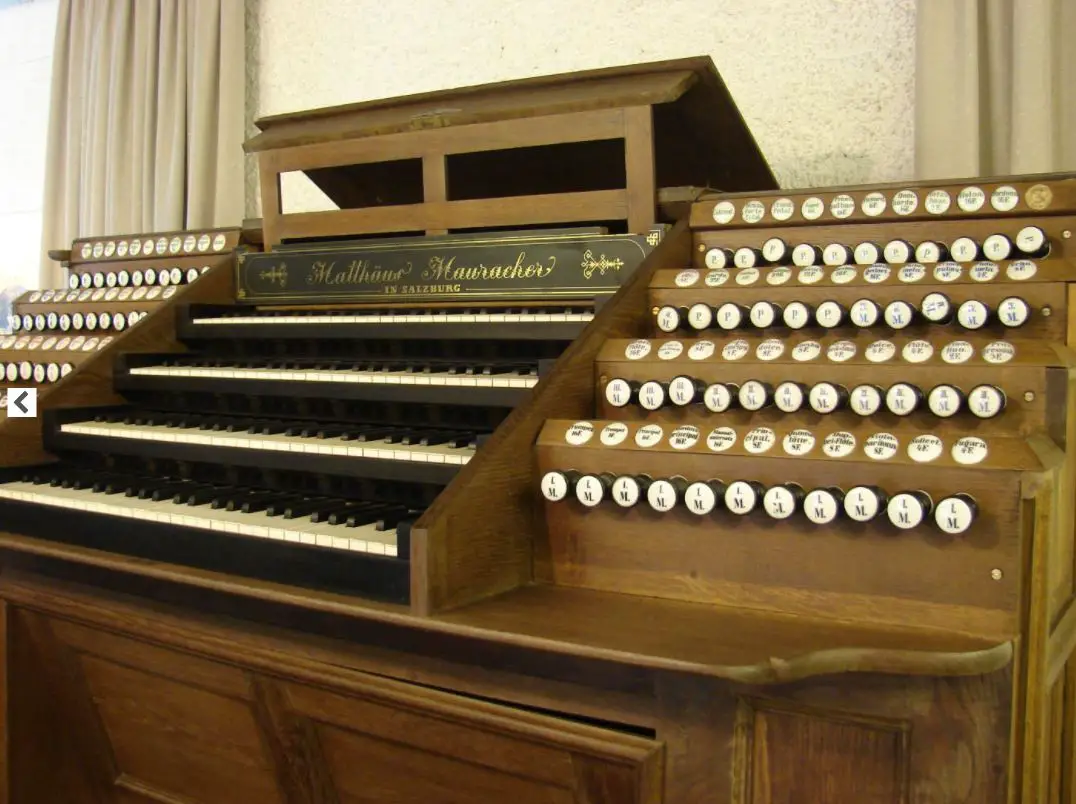
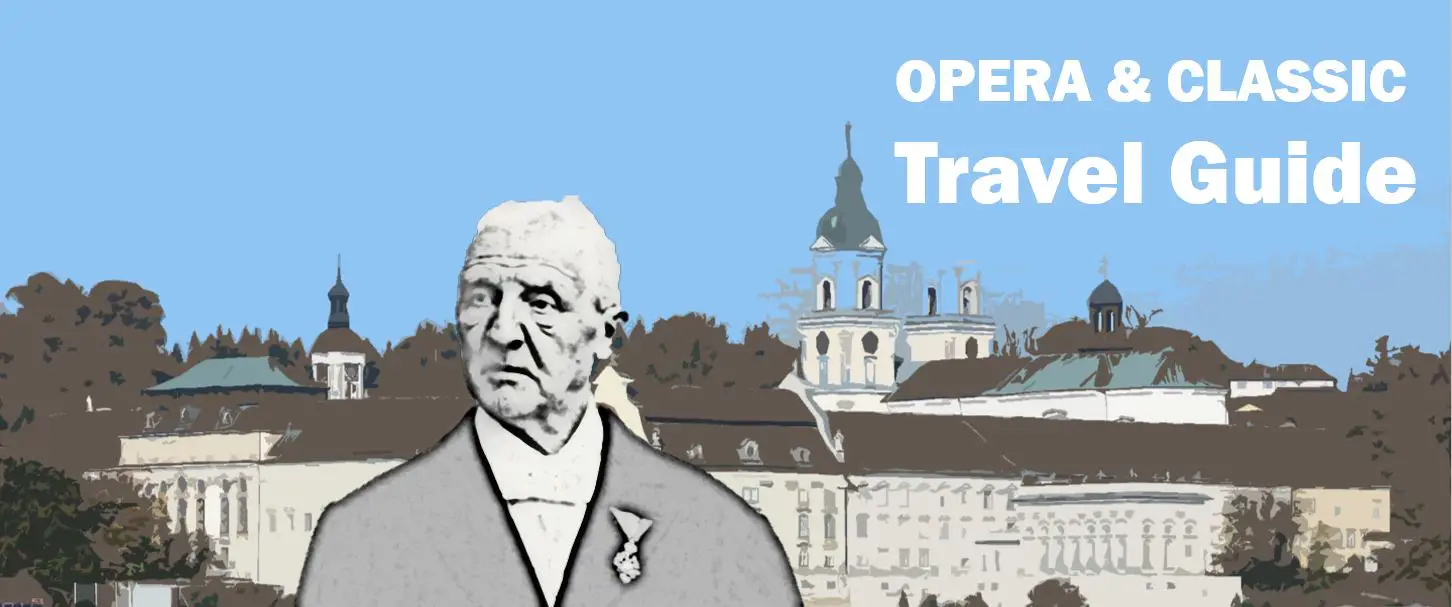
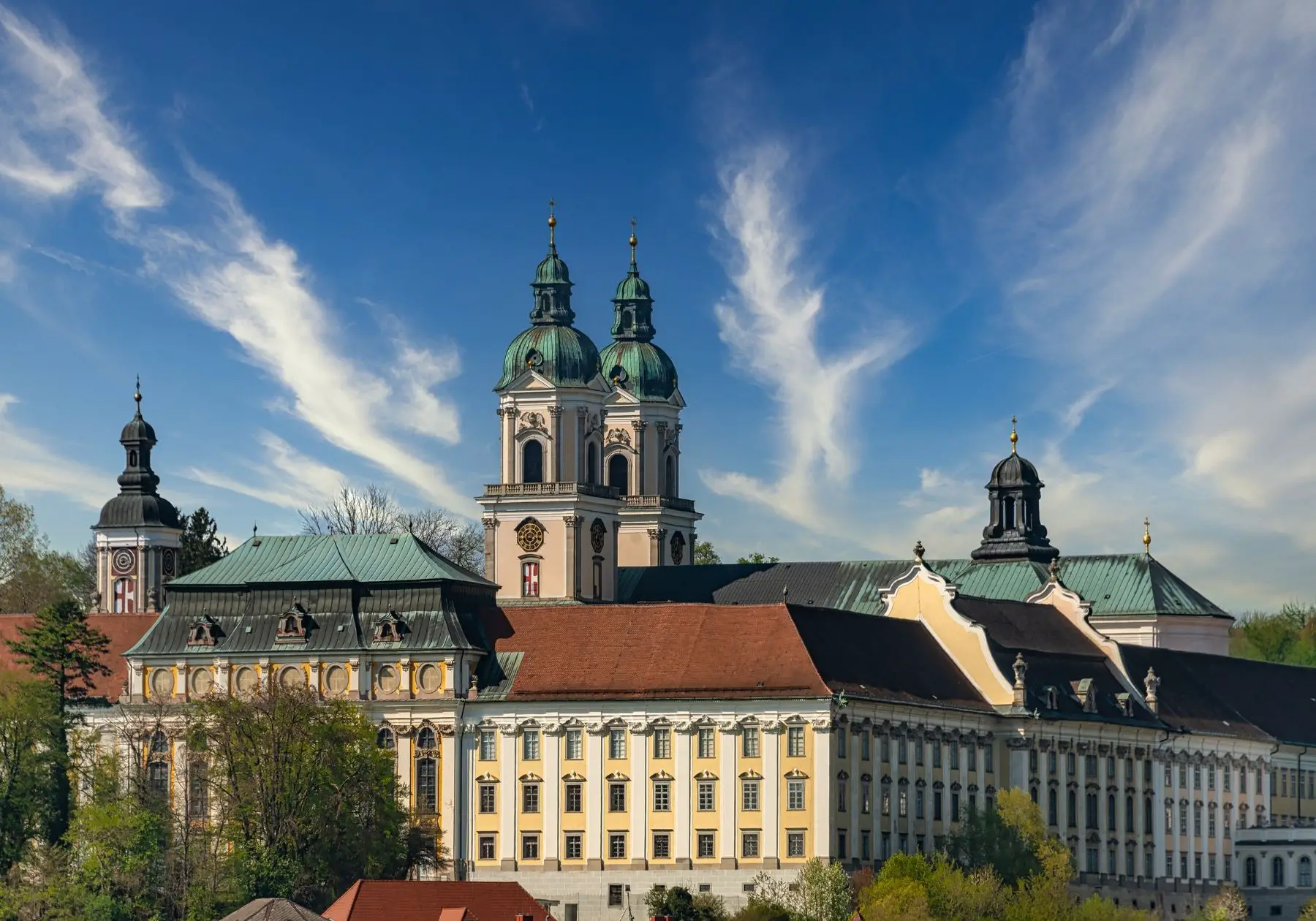
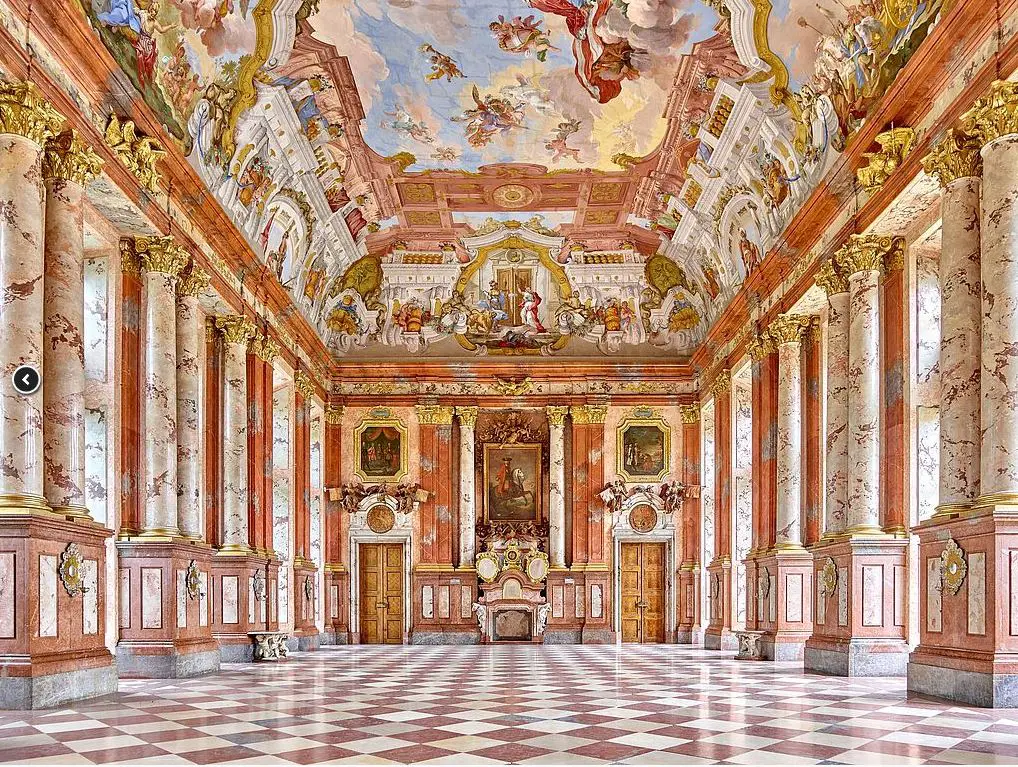
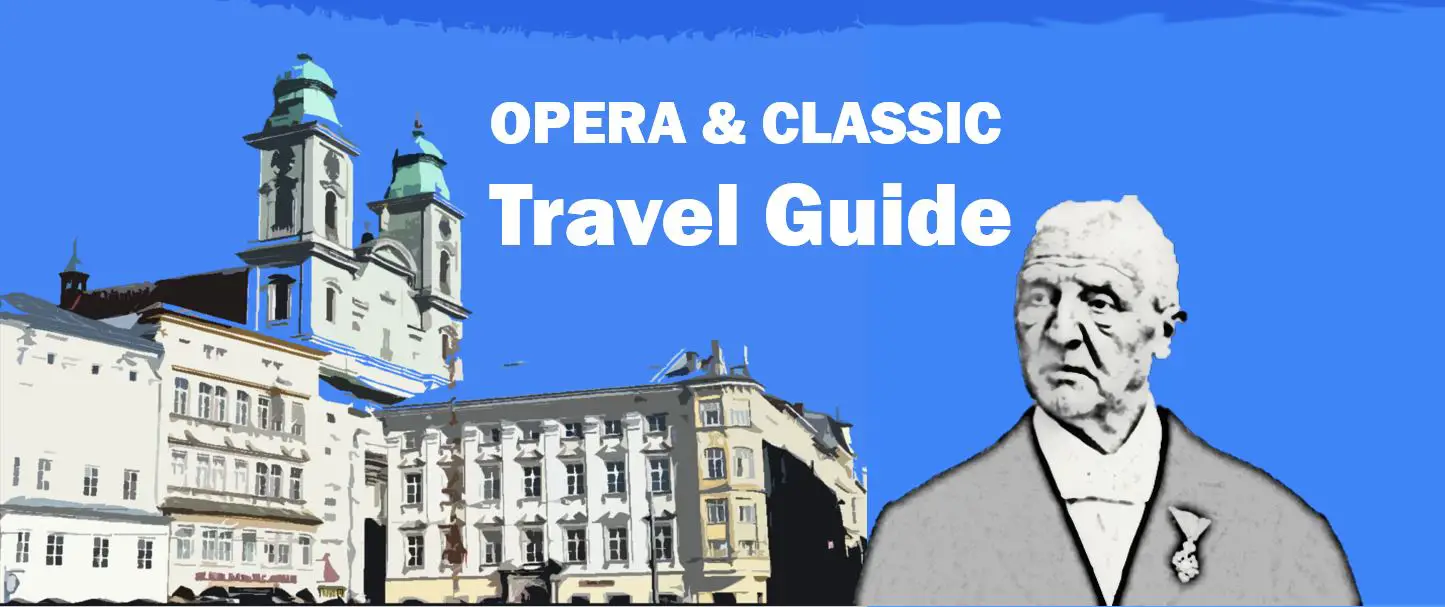
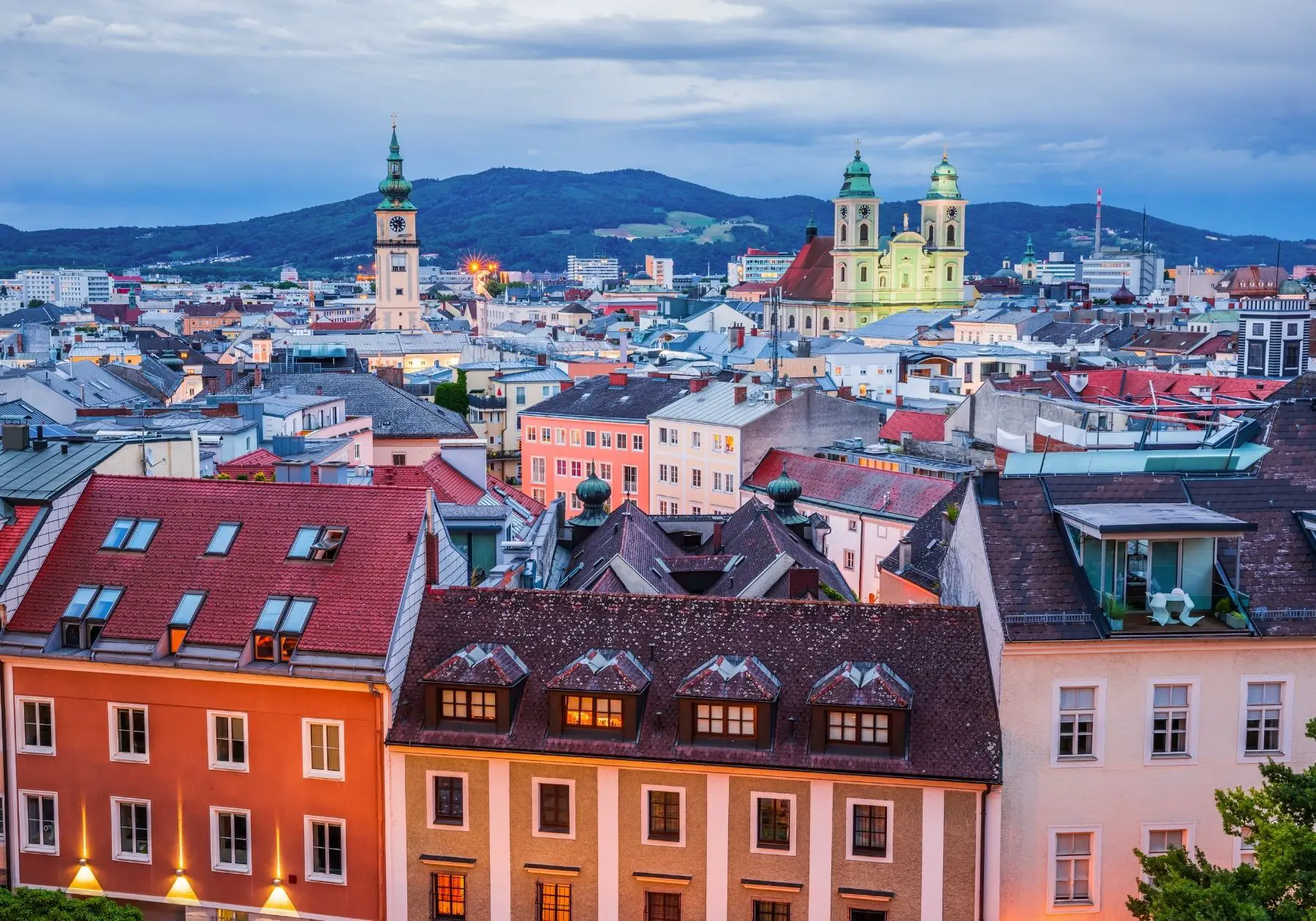
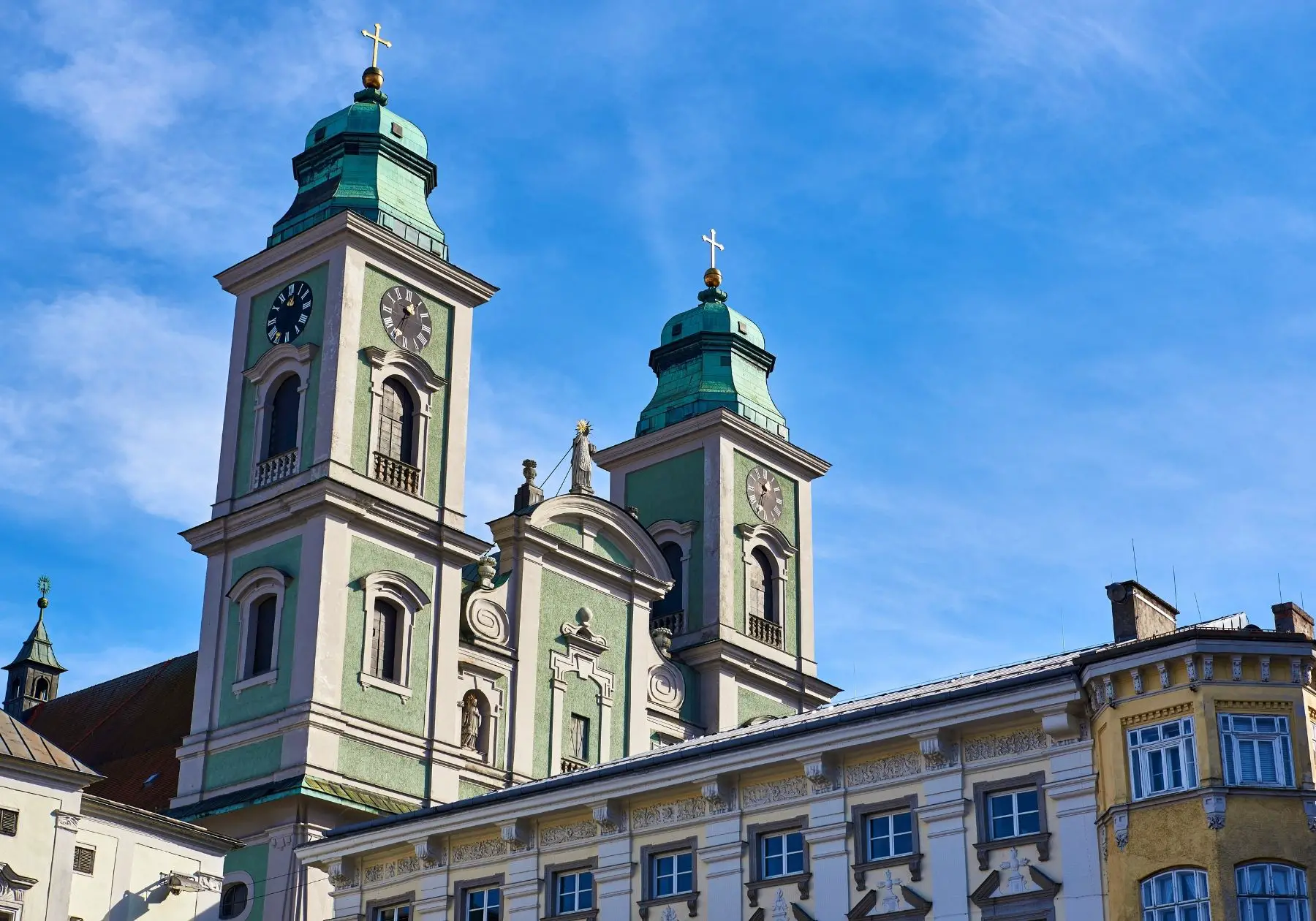
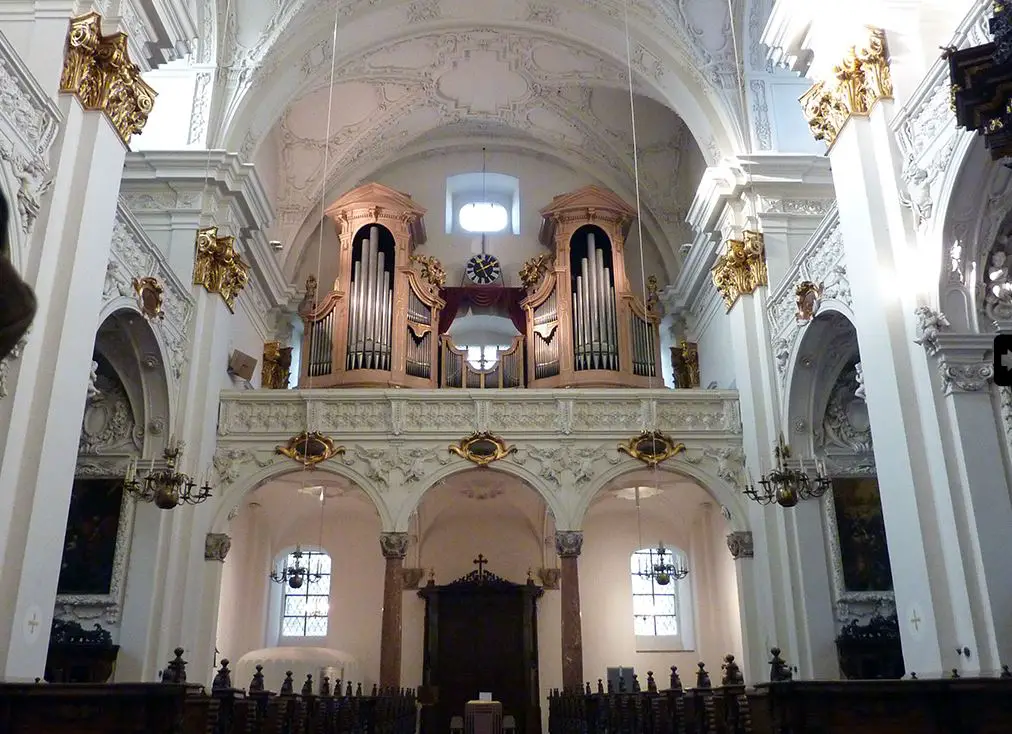
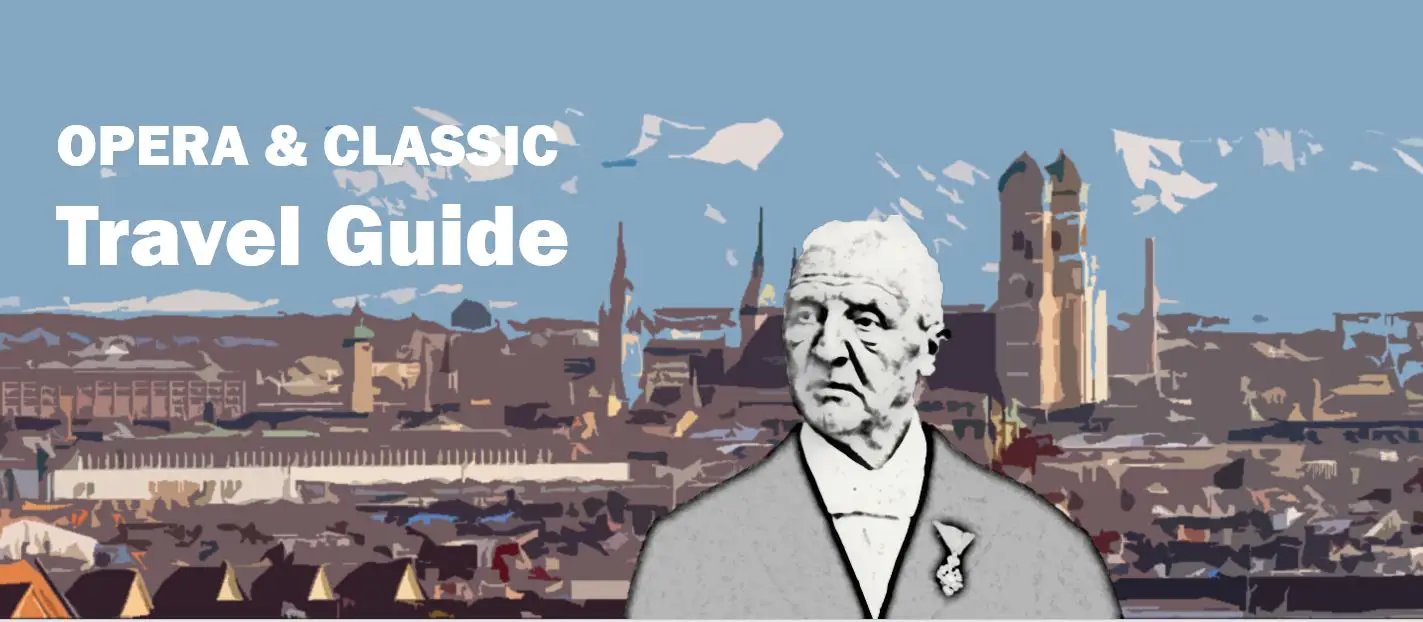
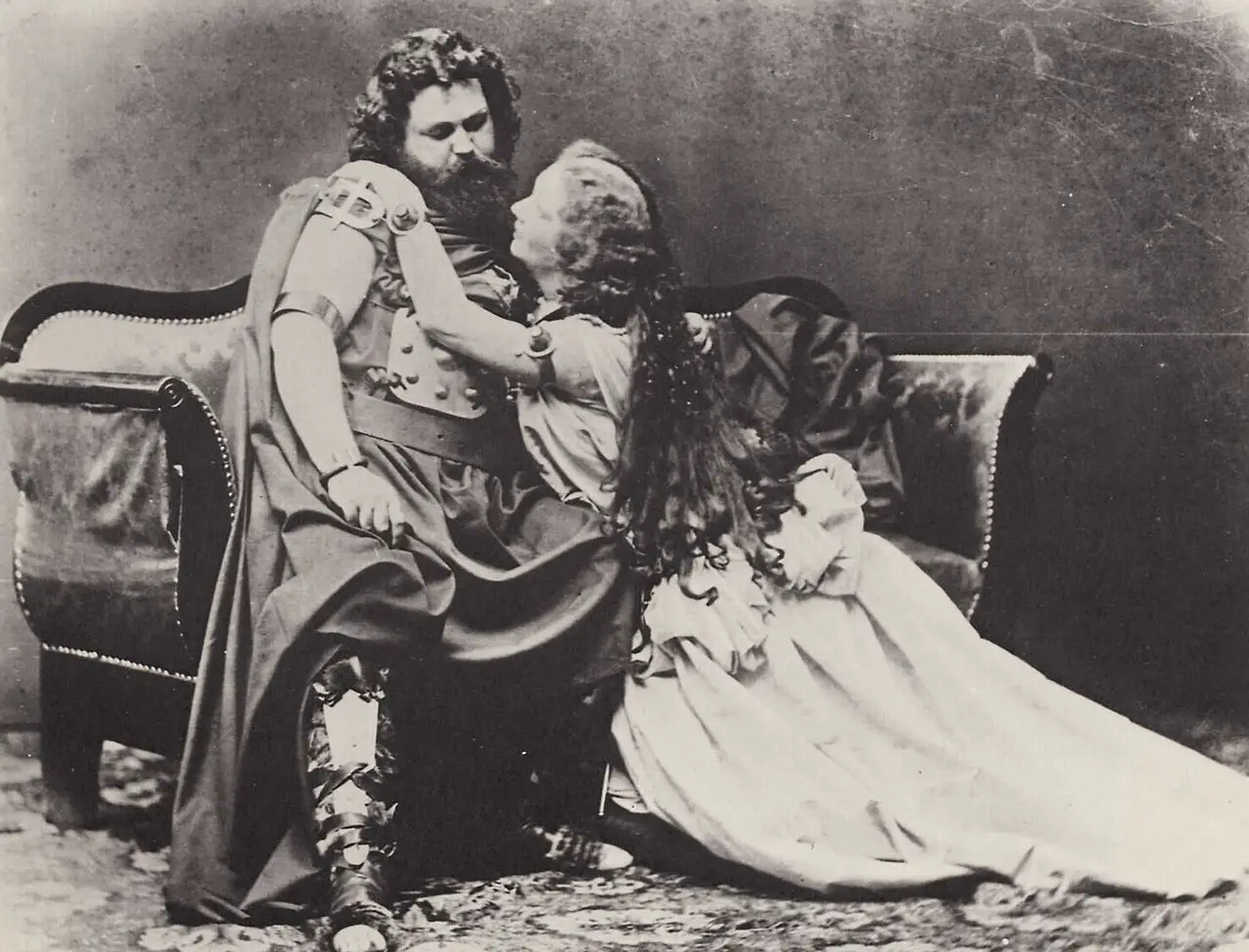
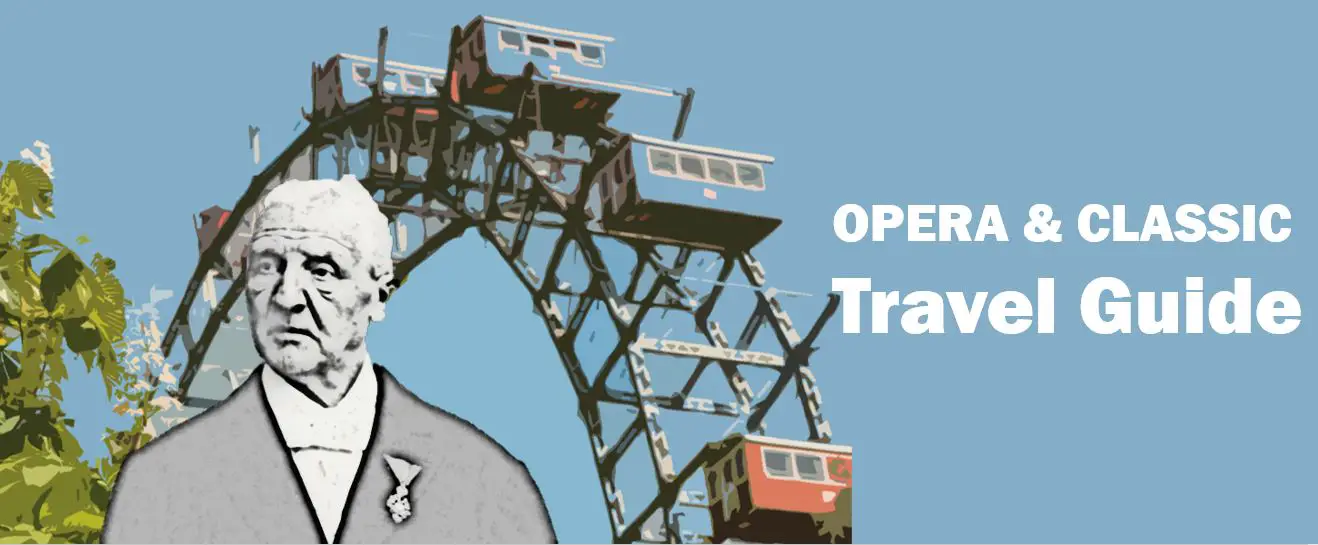
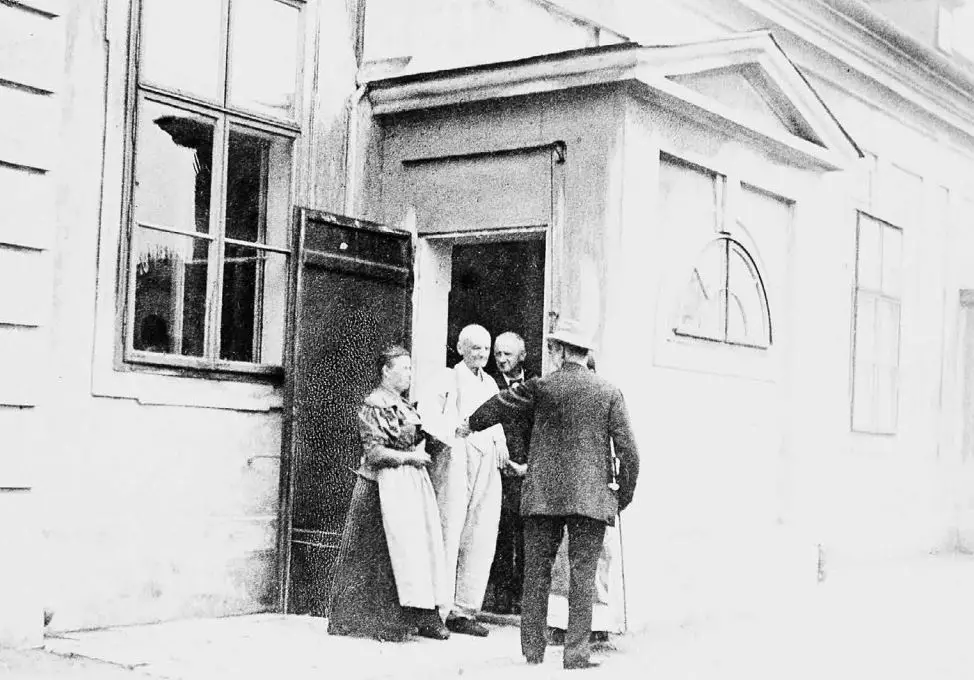
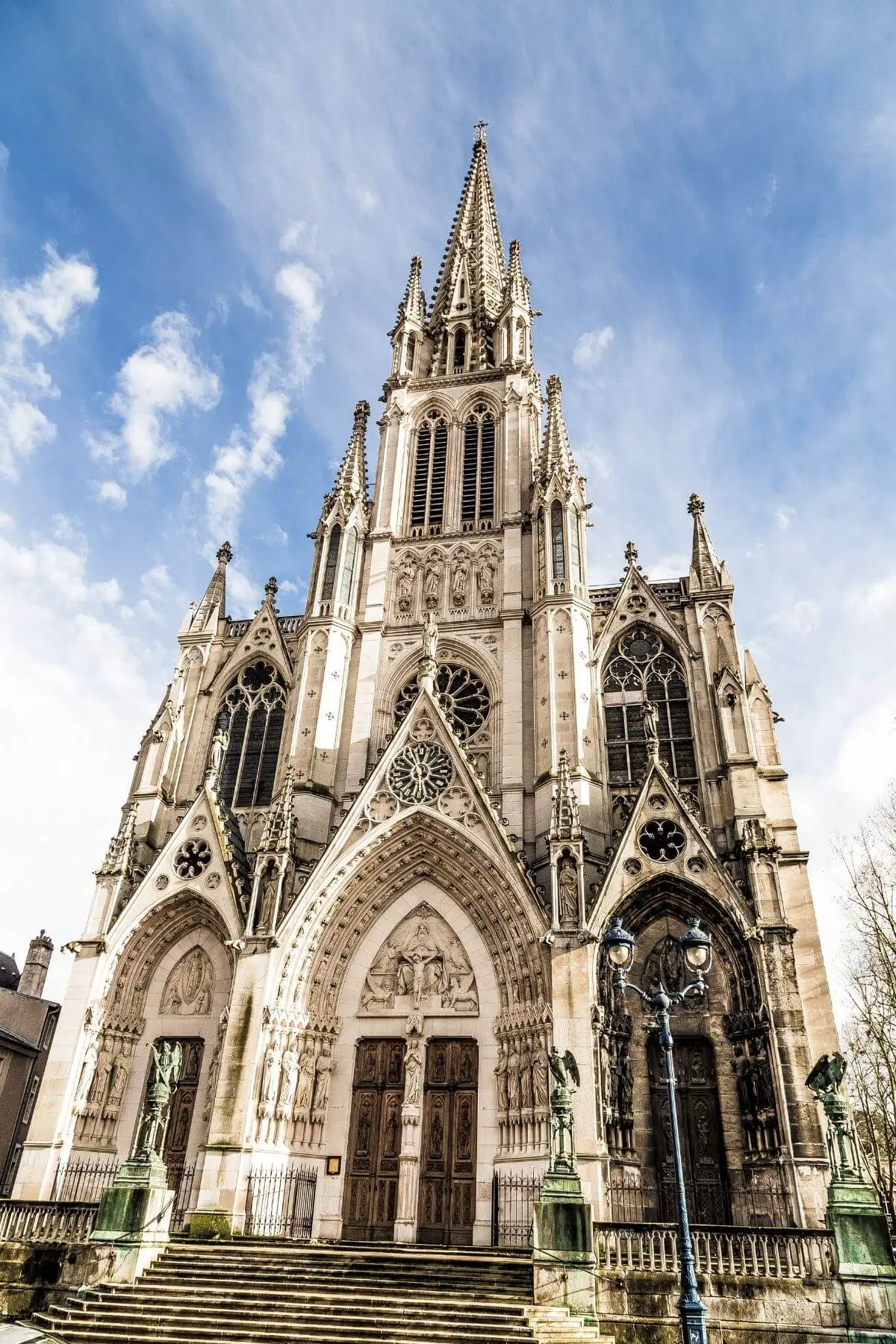
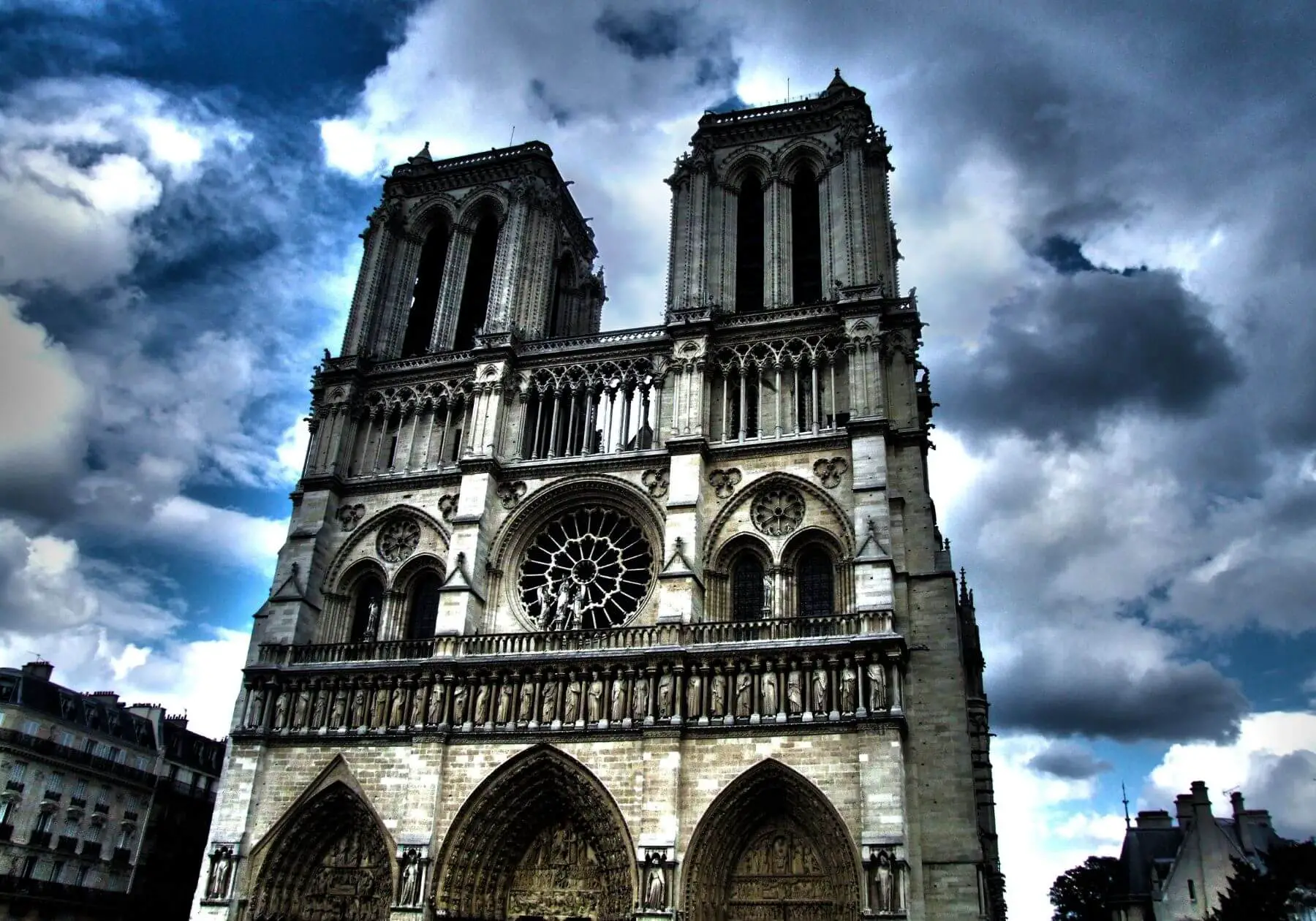
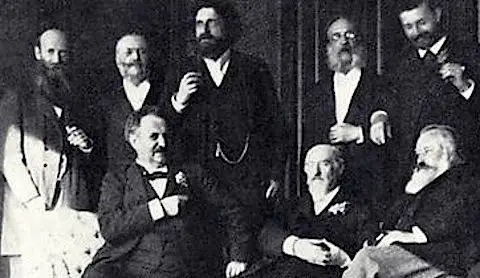
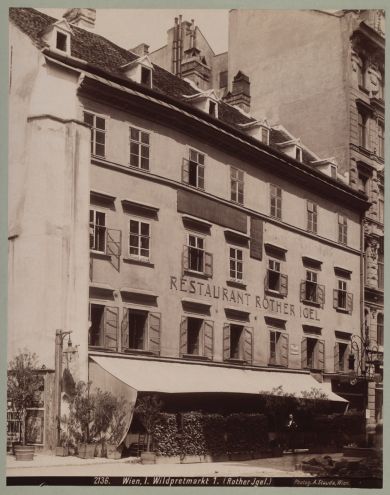

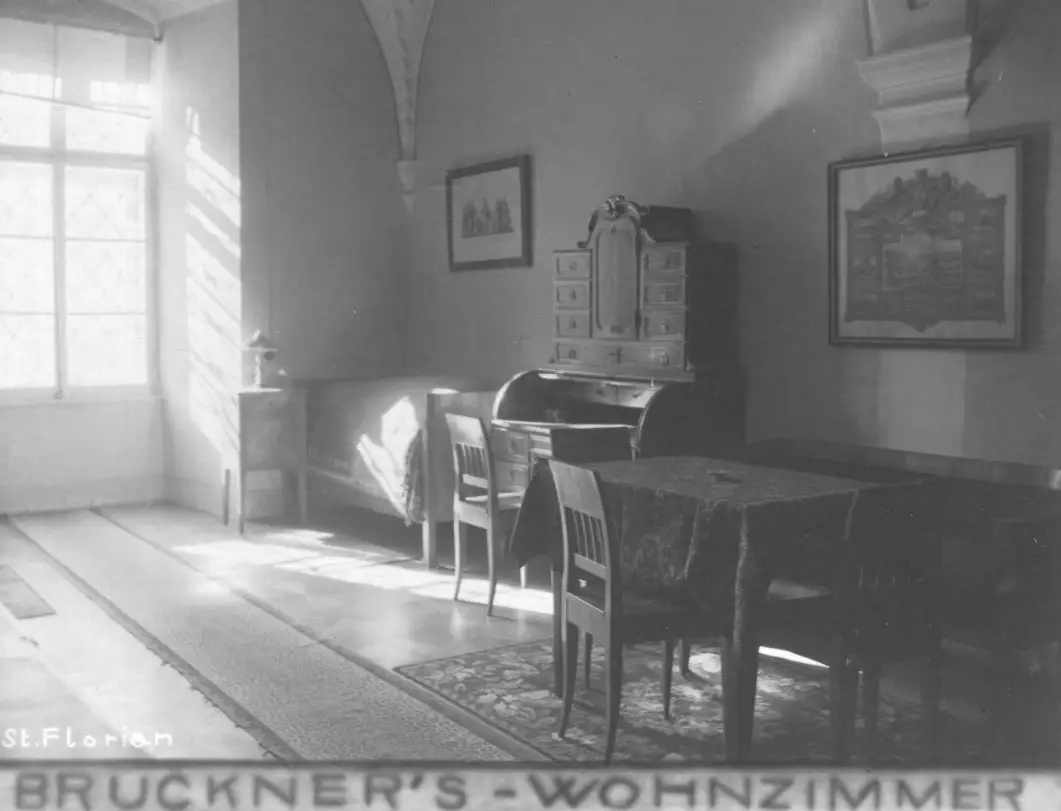
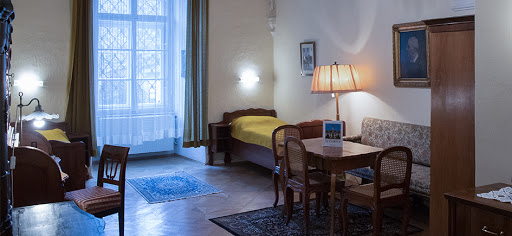
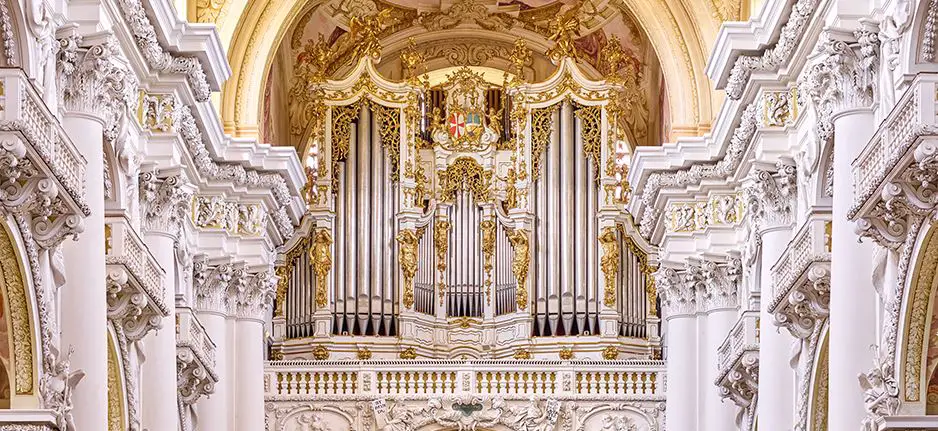
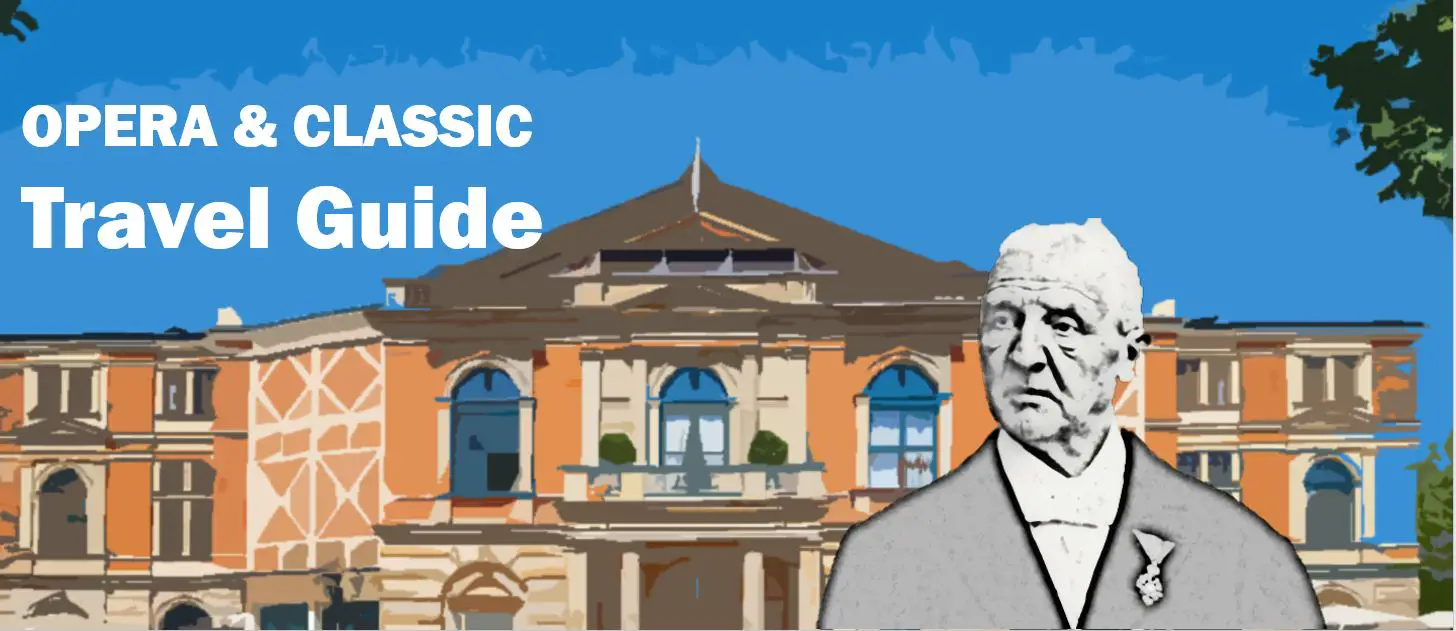
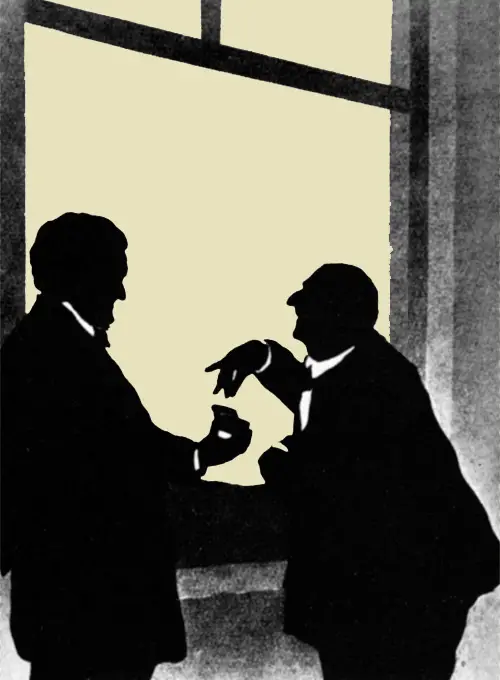
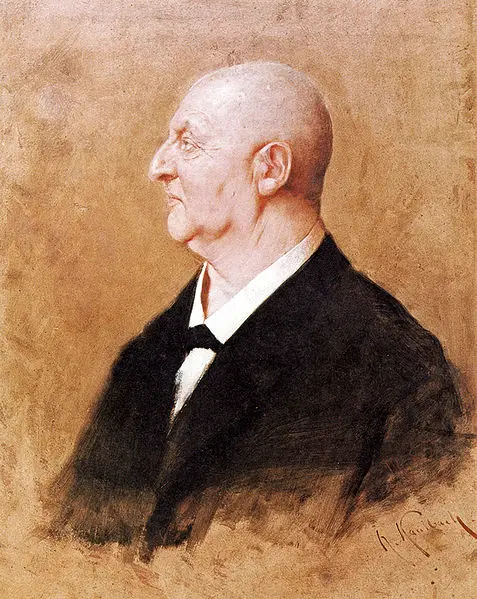
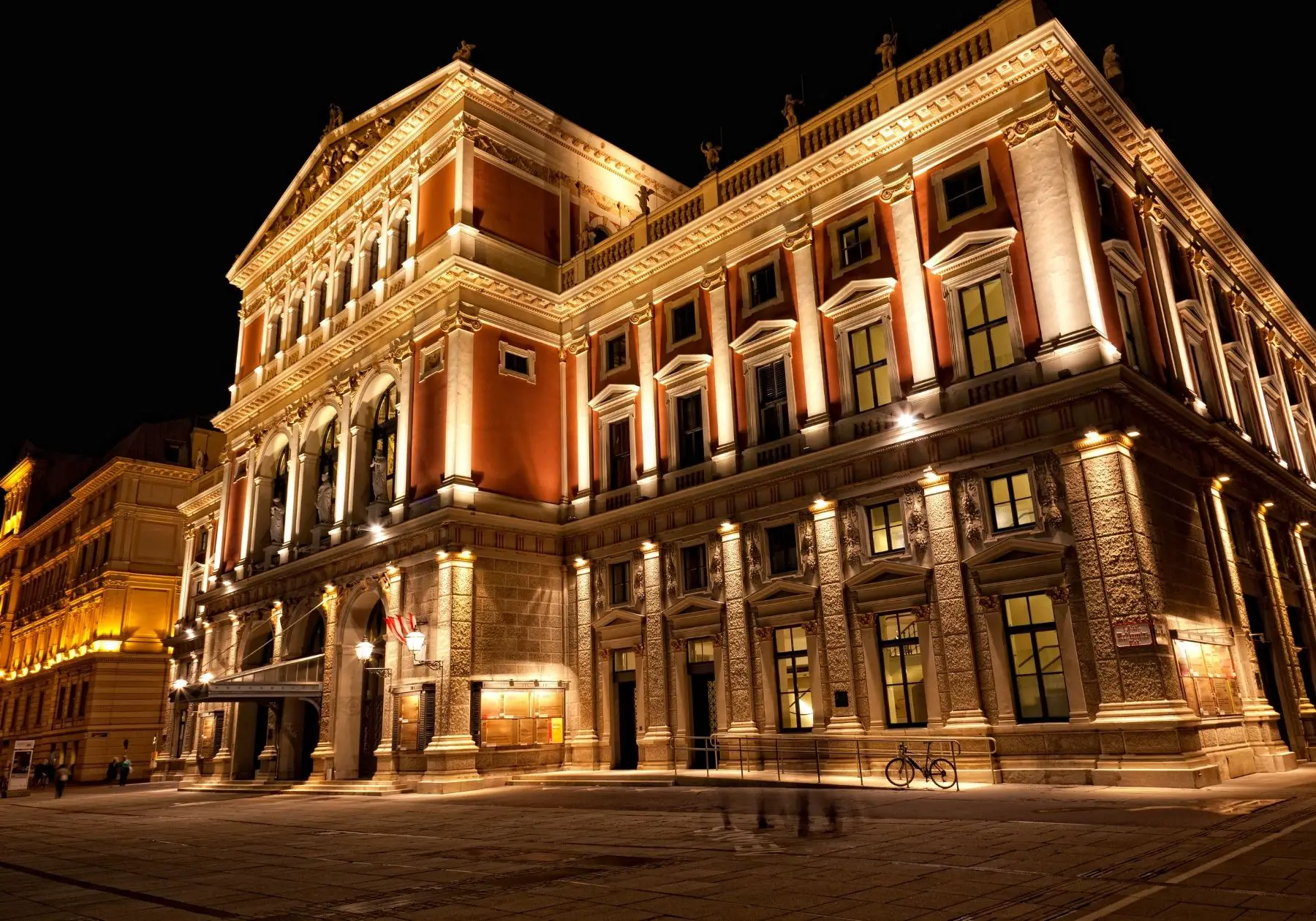
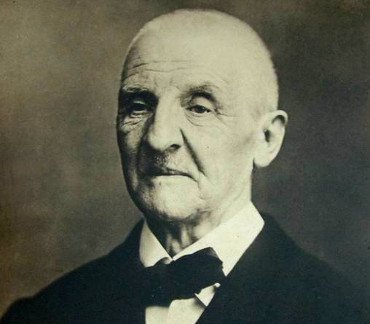
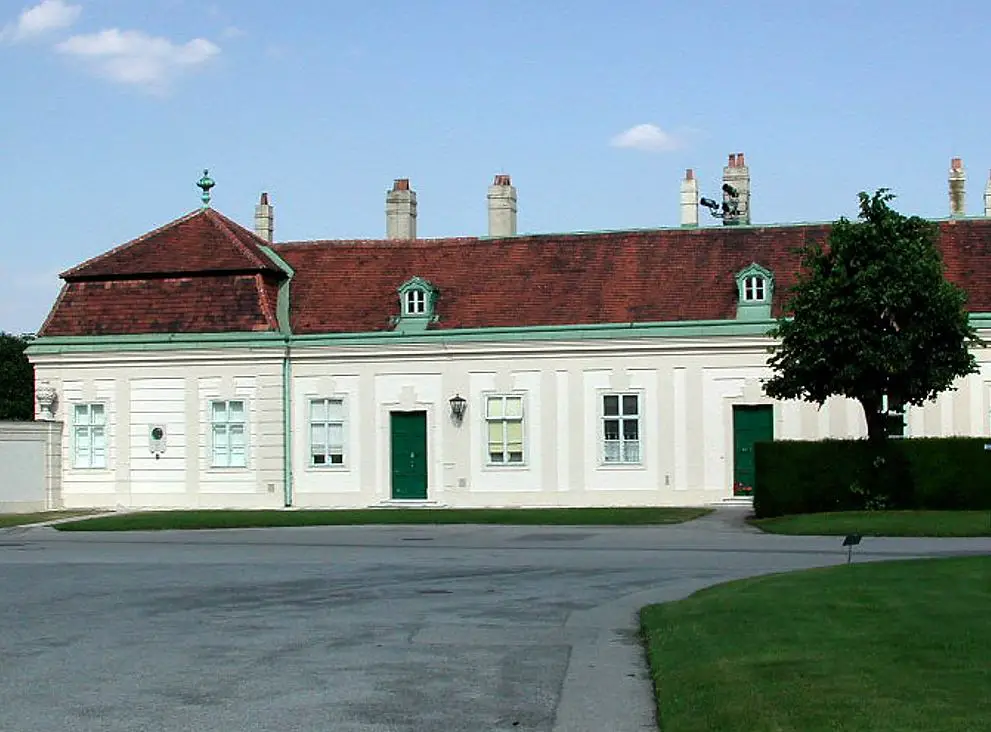
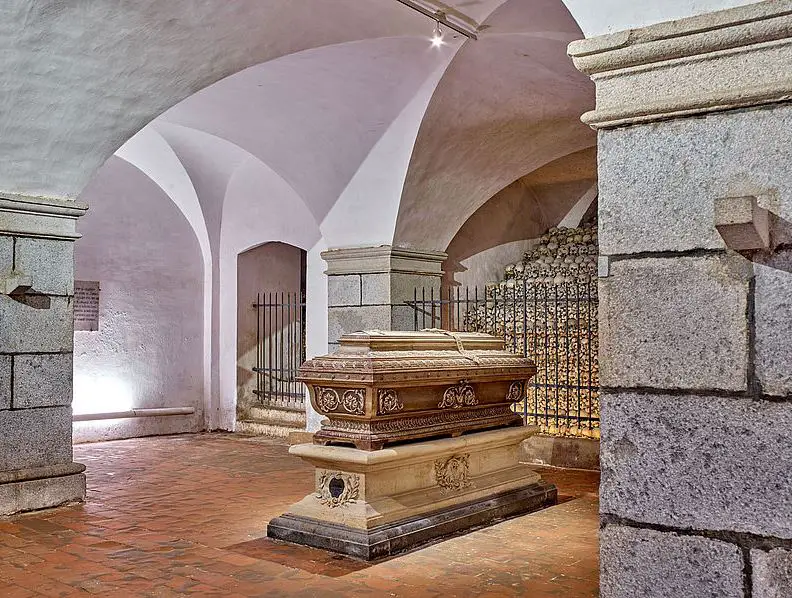
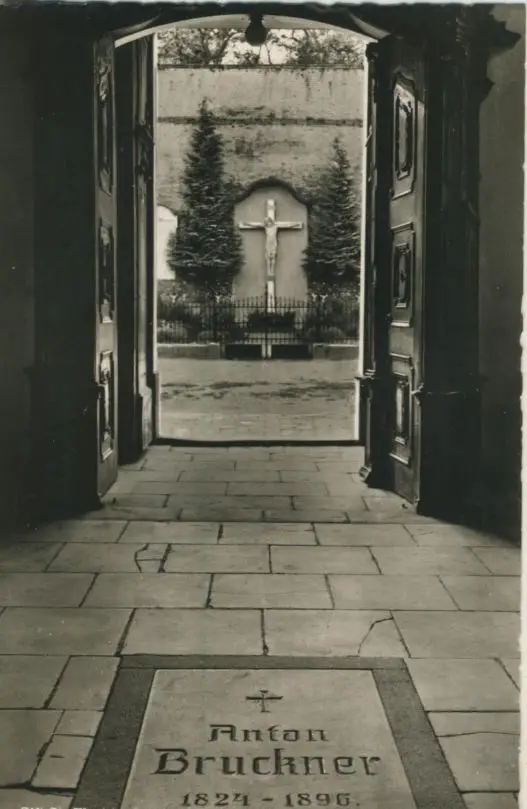


Trackbacks & Pingbacks
[…] arra következtetek, hogy a jelenet 1855 végére készülhetett el. Itt alkalmaz Wagner először Wagner-tubát[5] vagy vadászkürttubát, a tubánál magasabb hangfekvésű hangszert. A megrendítő […]
Leave a Reply
Want to join the discussion?Feel free to contribute!